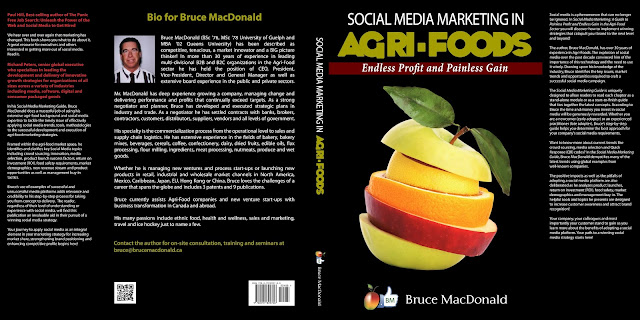Dangerous Food Safety Mistakes
Sometimes a simple mistake can have grave consequences. What may seem like a small food safety mistake can cause serious illness with long-term consequences.
When it comes to some germs, such as Salmonella, all it takes is 15 to 20 cells in under-cooked food to cause food poisoning. And just a tiny taste of food with botulism toxin can cause paralysis and even death.
Here are some common food safety mistakes that have been proven to cause serious illness as published in foodsafety.gov
Mistake #1: Tasting food to see if it’s still good
Why: You can’t taste (or smell or see) the bacteria that cause food poisoning. Tasting only a tiny amount can cause serious illness.
Solution: Throw food out before harmful bacteria grows. Check the Safe Storage Times chart to be sure.
Mistake #2: Putting cooked meat back on a plate that held raw meat
Why: Germs from the raw meat can spread to the cooked meat.
Solution: Always use separate plates for raw meat and cooked meat. The same rule applies to poultry and seafood.
Mistake #3: Thawing food on the counter
Why: Harmful germs can multiply extremely rapidly at room temperature.
Solution: Thaw food safely:
- In the refrigerator
- In cold water
- In the microwave
Mistake #4: Washing meat or poultry
Why: Washing raw meat or poultry can spread bacteria to your sink, countertops, and other surfaces in your kitchen.
Solution: Don’t wash meat, poultry, or eggs.
Mistake #5: Letting food cool before putting it in the fridge
Why: Illness-causing bacteria can grow in perishable foods within two hours unless you refrigerate them
Solution: Refrigerate perishable foods within 2 hours (or within 1 hour if the temperature is over 90˚F.
Mistake #6: Eating raw cookie dough (or other foods with uncooked eggs)
Why: Uncooked eggs may contain Salmonella or other harmful bacteria.
Solution: Always cook eggs thoroughly. Avoid foods that contain raw or undercooked eggs.
Mistake #7: Marinating meat or seafood on the counter
Why: Harmful germs in meat or seafood can multiply extremely rapidly at room temperature.
Solution: Always marinate meat or seafood in the refrigerator.
Mistake #8: Using raw meat marinade on cooked food
Why: Germs from the raw meat (or seafood) can spread to the cooked food.
Solution: You can reuse marinade only if you bring it to a boil just before using.
Mistake #9: Undercooking meat, poultry, seafood, or eggs
Why: Cooked food is safe only after it’s been cooked to a high enough temperature to kill harmful bacteria
Solution: Use the Safe Minimum Cooking Temperatures chartand a food thermometer.
Mistake #10: Not washing your hands
Why: Germs on your hands can contaminate the food that you or others eat.
Solution: Wash hands the right way—for 20 seconds with soap and running water.
Check out my latest e-book entitled: "Social Media Marketing in Agri-Foods: Endless Profit and Painless Gain"
The book is available on Amazon and Kindle for $4.99 USD. Visit amazon/Kindle to order now:
http://www.amazon.ca/Social-Media-Marketing-Agri-Foods-ebook/dp/B00C42OB3E/ref=sr_1_1?s=digital-text&ie=UTF8&qid=1364756966&sr=1-1
Thanks for taking the time!







